Drain To Waste Hydroponic System
Drain to waste hydroponic system. Even though the name drain-to-waste seems to suggest that using this system creates a lot of. I am actually using less nutrients than a recirculating systemTHANKS FOR WATCHING. Youll be growing the highest quality nugs around with this easy DIY hydro system.
Automated Hydroponic Drip Grow Mediums. It does not pump dry but it keeps the level down. The main advantage of the run-to-waste hydroponic system is that the nutrient solution is not reused by the plant this provides the plant with the full spectrum of macro and micro nutrients with every feed the plant receives.
This process significantly reduce the risk of accumulating salts. This system is drain to waste style meaning the runoff is minimal but it does happen. Run-to-waste RTW or drain-to-waste DTW is the term used for a hydroponics system where nutrients are not recycled.
If your hydroponic system is used to grow cannabis the waste requirements are especially complex and subject to severe penalties. Ad Tools To Help You Save Water Nutrients Time And Eliminate Algae. How to Dispose of Other Hydroponic Waste.
A drain to waste system has a reservoir to keep your nutrients in a submersible pump a type of square or round mesh pot that has good drainage soilless media a flood tray and a waste bucket. Nevertheless if you have any concerns about your septic system being able to handle it call your local Municipal Water Treatment Facility. PLEASE LIKE AND SUBSCRIBE.
My plants 5 gallon smart pots sit on plastic milk crates which sit in a box with a water proof liner I cut holes in the bottom of condensate pump and put it below milk crates on liner. It is safe to pour the remaining solution down any household drain. The drain to waste method depends heavily on draining the entire nutrient solution every time we are flushing the system.
There are two forms of hydroponic systems - there are re-circulating and drain-to-waste systems. In addition to your wastewater you have to be mindful of how you dispose of your unused nutrients grow lights andin some casesplant waste.
In a recirculating system the runoff from the nutrient solution is collected replenished and reapplied to the substrate.
Ad Tools To Help You Save Water Nutrients Time And Eliminate Algae. A drain to waste system has a reservoir to keep your nutrients in a submersible pump a type of square or round mesh pot that has good drainage soilless media a flood tray and a waste bucket. In a recirculating system the runoff from the nutrient solution is collected replenished and reapplied to the substrate. In addition to your wastewater you have to be mindful of how you dispose of your unused nutrients grow lights andin some casesplant waste. Ad Tools To Help You Save Water Nutrients Time And Eliminate Algae. The way this system works is you fill your reservoir with water and adjust the PPM and pH to how you desire connect your drip lines to your containers set your water pump to come on 3-6 times a day. In this video I will be talking about the difference between other Hydroponic setups and why i prefer. This process significantly reduce the risk of accumulating salts. The nutrient solution periodically floods the root zone before draining back into the reservoir.
This system is drain to waste style meaning the runoff is minimal but it does happen. Hydroponic fertilizers are much more benign than common cleaners and soaps that are poured out and will be properly treated. There are two forms of hydroponic systems - there are re-circulating and drain-to-waste systems. Flood and Drain Systems. In a Drain to Waste reservoir the nutrient rich solution feeds the plants and the run-off gets drained out the bottom of the plants and runs to waste. When run off level comes up pump cycles automatically. If your hydroponic system is used to grow cannabis the waste requirements are especially complex and subject to severe penalties.
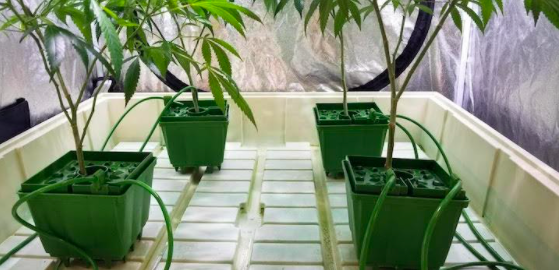







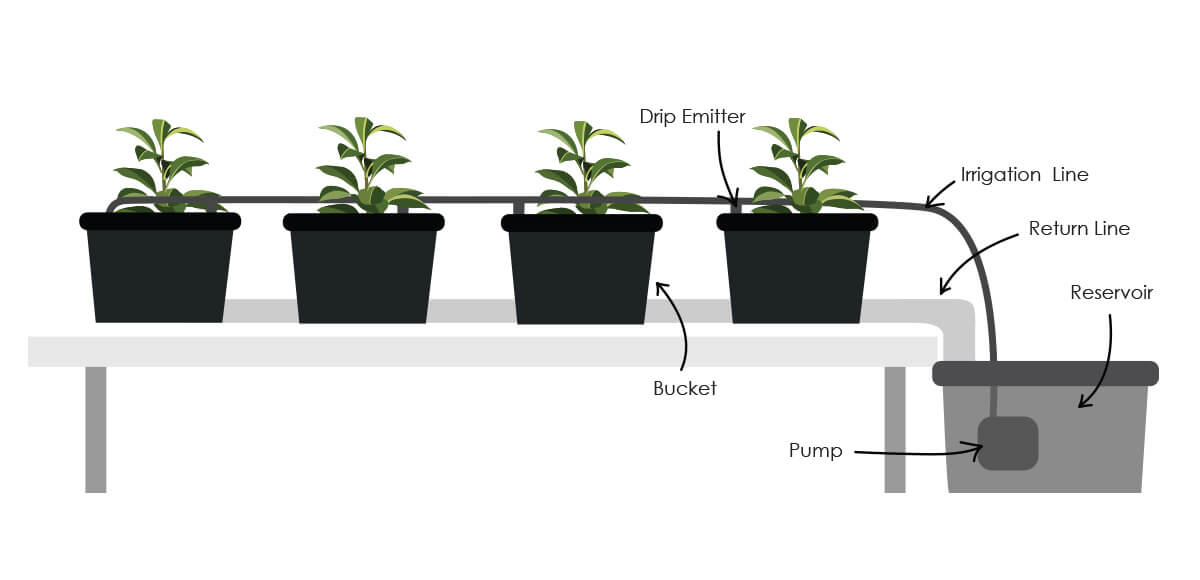


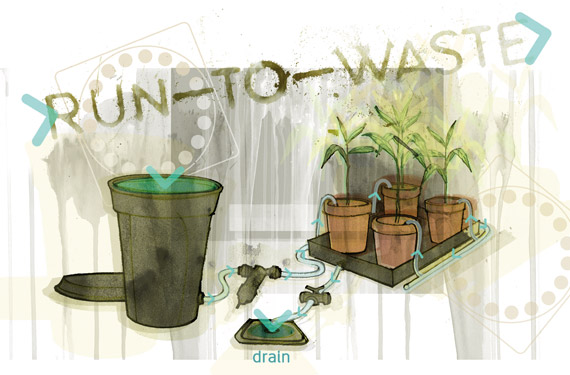



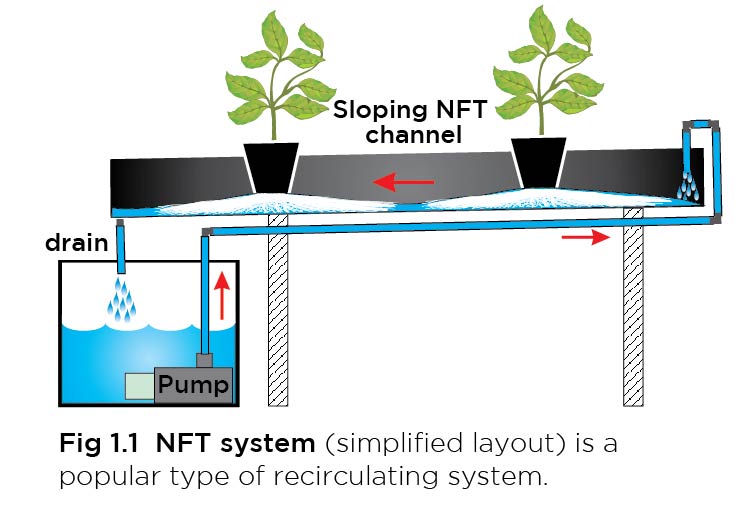
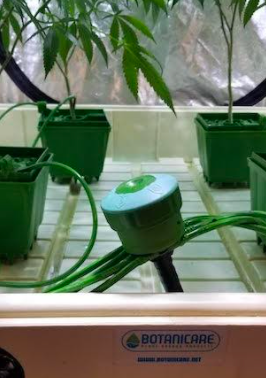









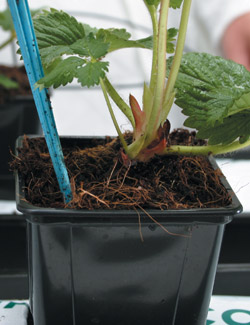
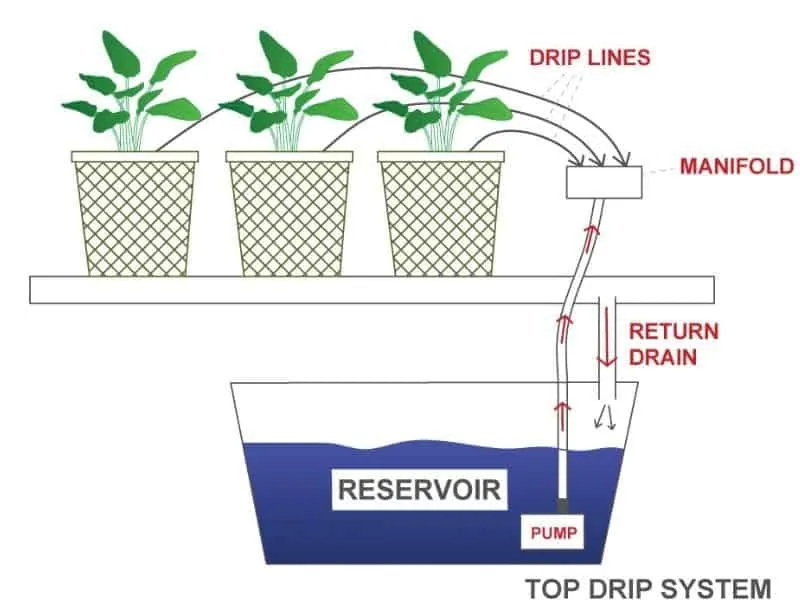



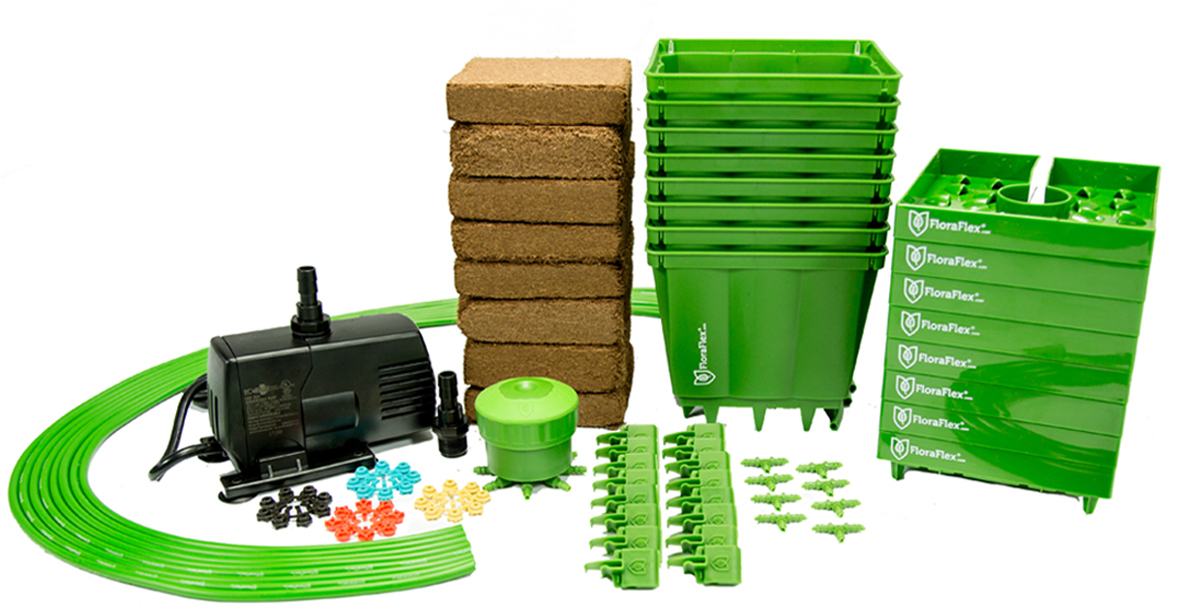
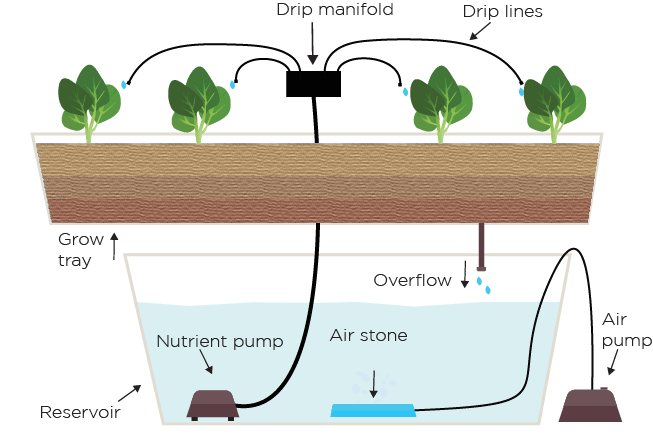

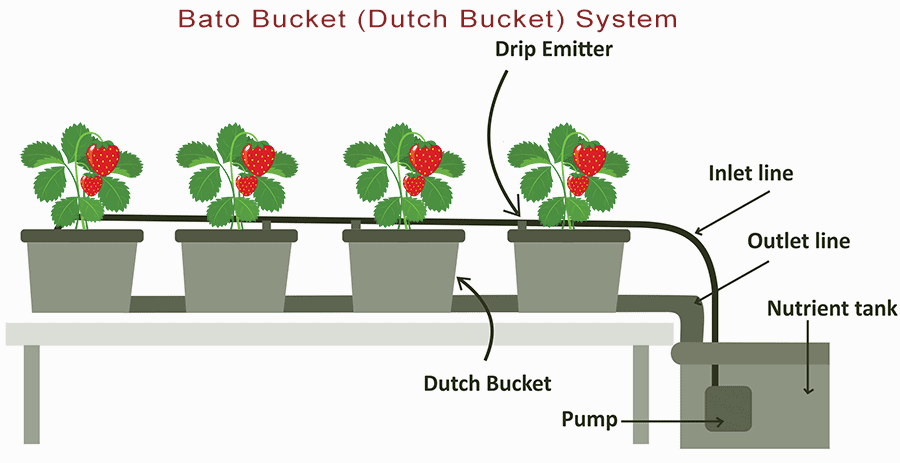


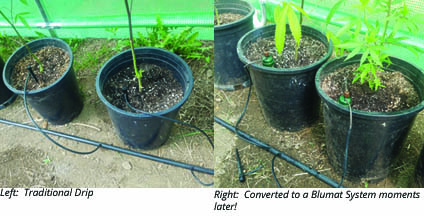
Post a Comment for "Drain To Waste Hydroponic System"